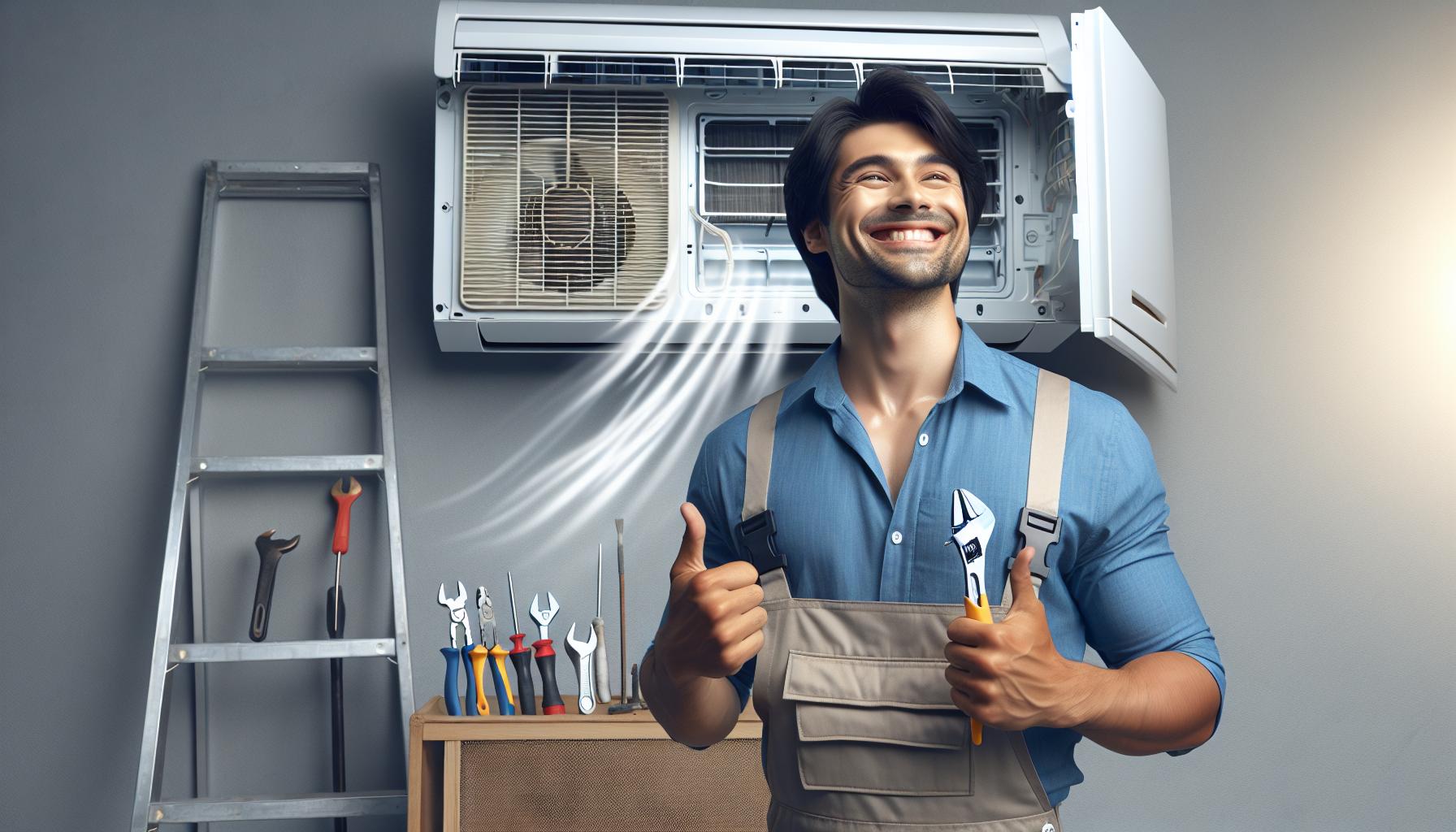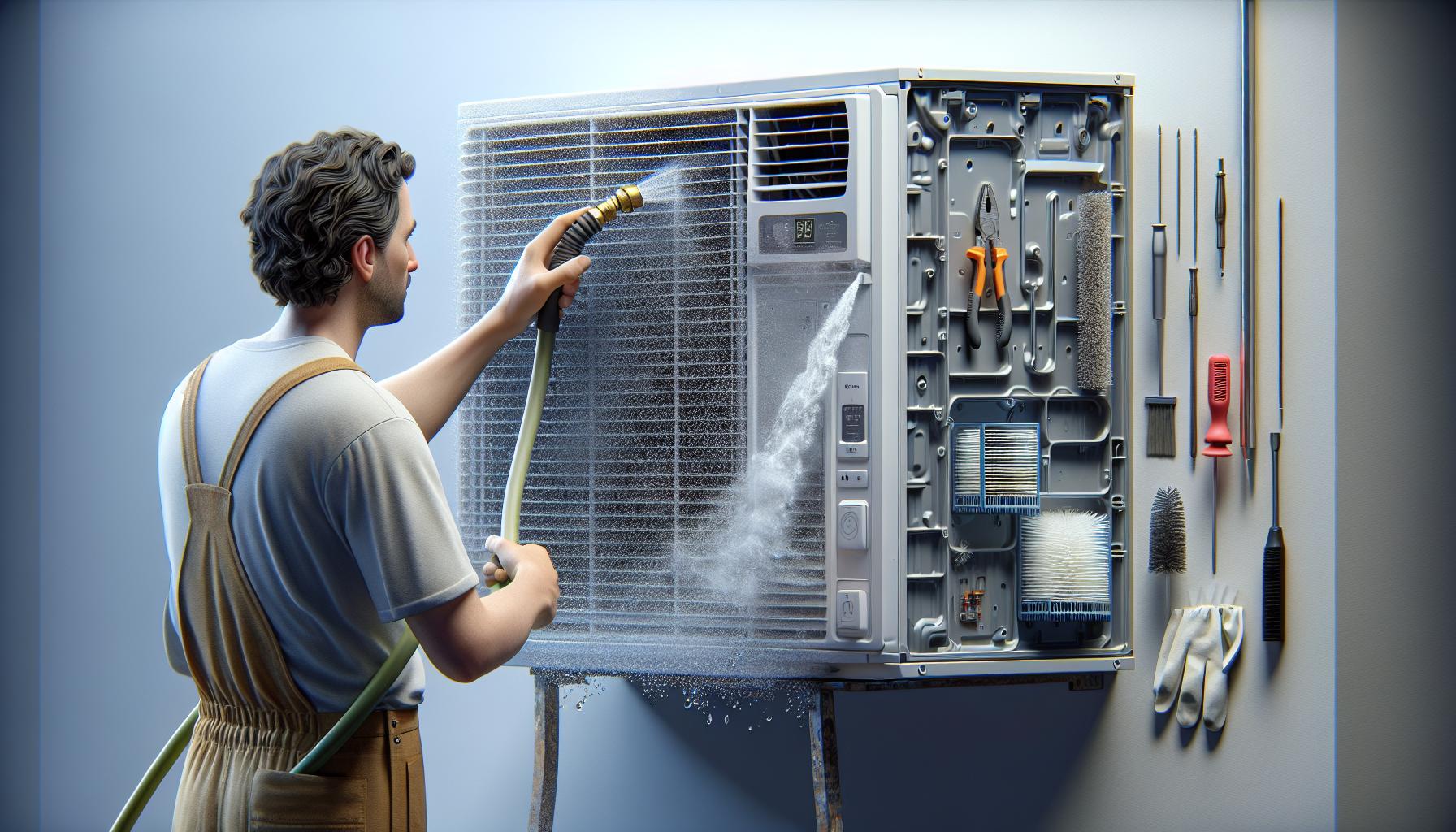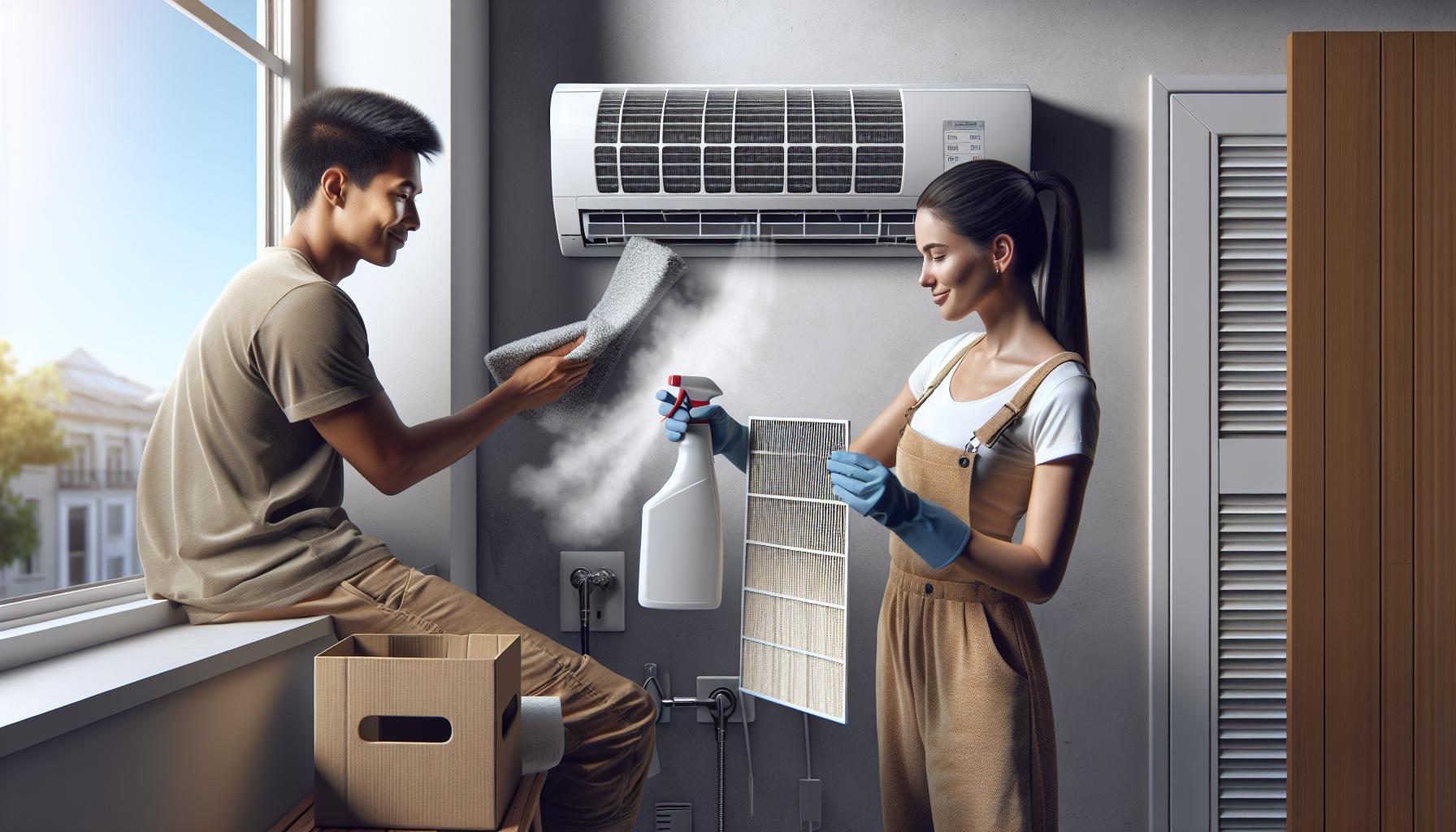Embarking on a new furnace installation can be a game-changer for your home’s comfort and energy efficiency. You’re about to make a significant investment in your property, and it’s crucial to get it right. This article will guide you through the essentials of selecting the right furnace, understanding the installation process, and ensuring you’re equipped with the tips to maintain your new system for years to come. Stay tuned as we delve into the specifics that’ll help you stay warm and toasty without burning through your budget.
Selecting the Right Furnace
When it’s time to install a new furnace, choosing the right model is crucial for optimal comfort and energy efficiency. Your selection should align with the specific needs of your home, considering the size, type, and fuel source.
Understand Your Space
The size of your furnace must match the square footage of your space for it to function effectively. An oversized unit can cycle on and off more frequently, which is inefficient and can lead to early wear. Conversely, an undersized furnace won’t adequately heat your home, leaving cold spots and overworking the system.
Types of Furnaces
There are different types of furnaces to meet varied requirements:
- Single-Stage: Operates at full blast or not at all. It’s simple and cost-effective but less efficient.
- Two-Stage: Features two operation levels, high for cold days and low for milder conditions, which makes it more energy-efficient than single-stage furnaces.
- Modulating: Automatically adjusts the flame and air volume, offering the highest efficiency and even temperature distribution.
Fuel Source Matters
Furnaces can run on natural gas, oil, propane, or electricity:
- Natural Gas: Widely available and typically the most cost-effective option.
- Oil: Can be cheaper in certain regions but often requires more maintenance.
- Propane: A good alternative where natural gas isn’t available.
- Electricity: Has no combustion byproducts, ideal for tightly sealed or smaller homes.
Consider the long-term running costs along with the installation expenses to make a well-informed decision. The right choice balances initial cost with ongoing expenses and fits your home’s structure and environmental conditions.
Understanding the Installation Process
When you’re ready to install a new furnace, understanding the key steps involved can help you prepare for what’s to come. The installation process generally follows a set sequence which, when done correctly, ensures your furnace operates efficiently and safely.
Initial Assessment
Before the actual installation begins, a professional installer will conduct an initial assessment of your home. This step is crucial as it involves:
- Measuring your home to determine the correct furnace size
- Evaluating your current ductwork for any necessary upgrades or repairs
- Checking existing electrical connections and gas lines
Removing the Old Furnace
The removal of your old system is done with care to prevent any damage to your property. The steps include:
- Safely disconnecting the furnace from gas lines or electrical sources
- Dismantling and removing the existing unit
Installing the New Furnace
Key installation steps typically involve:
- Positioning the new furnace in the desired location
- Securing it to the foundation
- Connecting the unit to existing ductwork, electrical supply, and gas lines
- Double-checking all connections for security and potential leaks
Final Checks and Testing
Once installed, the technician will run a series of tests to ensure everything is functioning properly. This includes:
- Inspection of installation quality
- Testing for gas leaks or electrical hazards
- Verification of system efficiency through performance tests
Remember that the installation isn’t just about placing a new piece of equipment in your home. It’s about ensuring the safety, efficiency, and longevity of your heating system. Therefore, always opt for a certified professional to handle the installation process.
Tips for Maintaining Your New Furnace
Once your new furnace is installed, maintaining it becomes your next important task. Regular maintenance ensures efficiency, longevity, and safety of your heating system.
Change Your Filters Regularly
One of the simplest yet most effective ways to maintain your furnace is to replace the air filters. Dirty filters restrict airflow, causing the furnace to work harder, which can lead to increased energy costs and potential system failures. Aim to change filters at least every 90 days.
Schedule Annual Inspections
Even if your furnace seems to be running smoothly, booking an annual inspection with a certified technician can make a difference. Annual inspections can catch minor issues before they turn into expensive repairs.
Keep the Area Around Your Furnace Clear
Ensure that the area around your furnace is free of debris and clutter. This helps prevent accidental fires and maintains unobstructed airflow.
Monitor Your Thermostat
Pay attention to your thermostat settings. A programmable thermostat can optimize heating schedules, ultimately reducing wear and tear on your system.
Look and Listen
Stay vigilant. Unusual noises or a yellow furnace flame, instead of a blue one, can be a sign of a problem. If you notice these or any other irregularities, it’s best to contact a professional promptly.
Remember, proper care of your new furnace isn’t just about immediate comfort. It affects the long-term health of your heating system. By following these tips, you can rest assured that your furnace will serve you well through the cold seasons.
Benefits of a New Furnace Installation
When you upgrade to a new furnace, the benefits are immediately noticeable. From enhanced efficiency to improved air quality, the advantages of installing a new heating system play a significant role in both comfort and cost savings.
Increased Efficiency and Lower Energy Bills
One of the biggest perks of a new furnace installation is the leap in energy efficiency. Modern furnaces boast an Annual Fuel Utilization Efficiency (AFUE) rating that can exceed 98%, a stark contrast to older models that may operate around 60%-80%. This leap means that for every dollar you spend on heating, up to 98 cents are directly utilized for warming your home.
| AFUE Rating | Old Furnace | New Furnace |
|---|---|---|
| Efficiency | 60-80% | Up to 98% |
Consistent and Even Heating
New furnaces distribute heat more evenly throughout your home, eliminating cold spots that were once a common complaint. Imagine a home where every room is a sanctuary of warmth, a direct result of the latest furnace technology.
Advanced Features and Technology
Today’s furnaces come with a suite of high-tech features, from programmable thermostats to variable speed blowers. They work smarter, not harder, to maintain a comfortable environment. For instance, variable speed blowers adjust the flow of air to maintain consistent temperatures, which also contributes to sound reduction.
Improved Air Quality
A modern furnace installation often means an enhanced filtration system, which translates into better indoor air quality for you and your family. Older furnaces might not only be less efficient but also circulate dust, allergens, and other particulates due to dated filtration.
Extended Warranties and Peace of Mind
Most new furnaces come with extensive warranties, giving you peace of mind knowing that should anything go awry, you’re covered. This level of security is seldom found in older heating systems, leaving you vulnerable to unexpected expenses.
Remember, the upfront cost is offset by the long-term savings and comfort that a new, efficient furnace provides. By choosing a high-performance model tailored to your home’s needs, you’ll experience these benefits year after year.
Conclusion
Choosing the perfect furnace and having it installed by a certified professional isn’t just about staying warm. It’s about making a smart investment in your home’s efficiency and your family’s comfort. With the advanced features and technology of a new furnace, you’ll enjoy consistent heating and improved air quality. Plus, the potential for lower energy bills and the security of extended warranties can provide significant peace of mind. It’s clear that when it comes to heating your home, a new furnace installation offers a multitude of benefits that go beyond mere warmth. Make the decision that best suits your needs and enjoy the comfort and savings for years to come.
Related Posts:
- Understanding Central Heating and Cooling Systems…
- Maximise Warmth: Choosing Your New High Efficiency Furnace
- Understanding Geothermal Heating and Cooling for Homeowners
- Understanding HVAC System Replacement for Home…
- Slash Air Conditioner Costs: Tips to Enhance…
- Top Barrie Heating and Cooling Tips for Year-Round…




